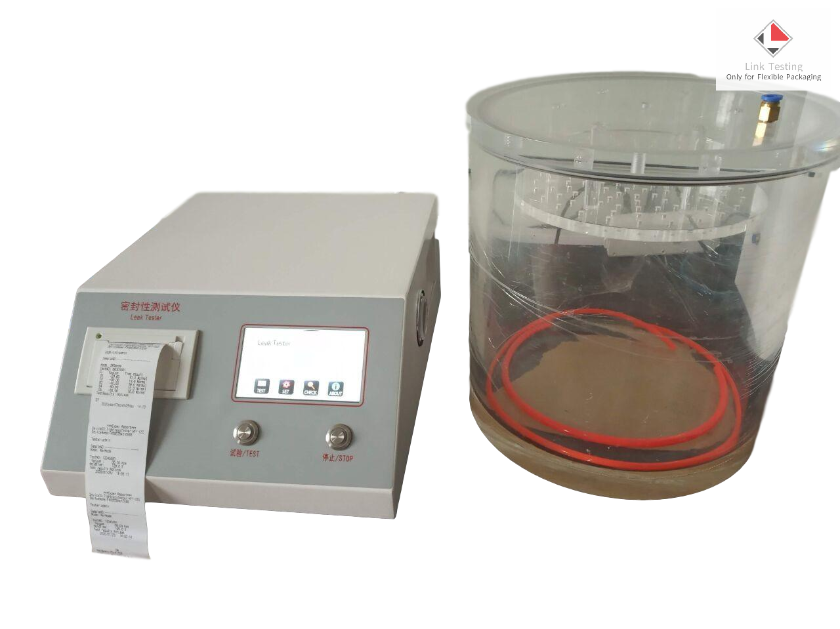Source: Link Testing Instruments Co.,ltd
Powder injection is sensitive to water vapor, so good sealing performance is one of the basic requirements for powder injection packaging. This article takes a company’s packaging powder injection vials as an example, uses the Link Testing LTY-01 sealing tester to test its sealing performance, and describes the basic process of the test, the test principle of the equipment, equipment parameters and other information to monitor the company The sealing performance of the vial powder injection provides a reference.

Powder injection is a common pharmaceutical dosage form. After the medicine is mixed with the reagent, it is sterilized and dried to form a powdered medicine, and then packaged. Before use, it is necessary to add water for injection or other reagents to dissolve it. Powder injections are classified into sterile powders and freeze-dried powders according to different production principles. Commonly used packaging containers include vials, ampoules, and straight vials.

Test method and instrument
At present, there are no testing standards related to the sealing performance of powder injection packaging containers in China. The testing process in this article is based on the principle of negative pressure method GB/T 15171-1994, which is commonly used in sealing testing.
The testing equipment used in this verification process is the LTY-01 sealing tester independently developed and produced by Link Testing Instruments co.,ltd. This instrument is often used to test the sealing performance of flexible packaging.
Test principle: LTY-01 sealing tester is developed based on the principle of negative pressure method. Place the sample to be tested in the water in a sealed tank, and draw a vacuum inside the sealed tank to generate a certain pressure difference between the inside and outside of the sample. If the sample is not tightly sealed, the gas inside will be at a pressure difference. Under the action, it overflows from the inside of the sample, manifested as continuous bubbles on the surface of the sample. Therefore, the sealing performance of the sample can be judged by observing whether there are continuous bubbles on the surface of the sample.
Test sample and test process
Test sample: The sample tested this time is a vial for powder injection packaging. The vials are mostly made of Borosilicate glass and soda-lime glass, and are often used for packaging medicines such as vaccines, biological preparations, and powder injections.
Experimental procedure:
(1) Place the vial sample to be tested in the water in the vacuum chamber of the airtight tester.
(2) Apply a layer of water to the sealing ring around the sealing tester and close the sealing cover to prevent air leakage during the test.
(3) Set test parameters such as test vacuum degree and vacuum degree holding time, and lightly press the test button to start the test.
(4) During the process of vacuuming or maintaining the pressure of the equipment, carefully observe whether there are continuous bubbles generated around the cap of the vial. If continuous bubbles are generated, press the stop button immediately, and the equipment will stop vacuuming and display the occurrence of samples. The pressure value at the time of the air leak. If there are no continuous bubbles in the sample and no moisture has penetrated into the sample, it indicates that the sample has a good seal.
Test results and analysis
When the device showed a negative pressure value of -59.1KPa, continuous bubbles appeared between the bottle body and the aluminum foil cover in the vial powder injection sample tested this time, indicating that the tightness between the bottle body and the aluminum foil cover is poor.
The bottle powder injection should have good sealing performance to prevent water vapor and oxygen in the environment from entering the bottle, causing the powder medicine to become damp or even fail. This time, the LTY-01 sealing tester was used to test the sealing performance of the vial samples. The equipment is easy to operate and the test efficiency is high. The test results can truly reflect the strengths and weaknesses of the sample’s sealing performance and the weak parts of the seal.
If you want to know more details please visit www.linktesting.org